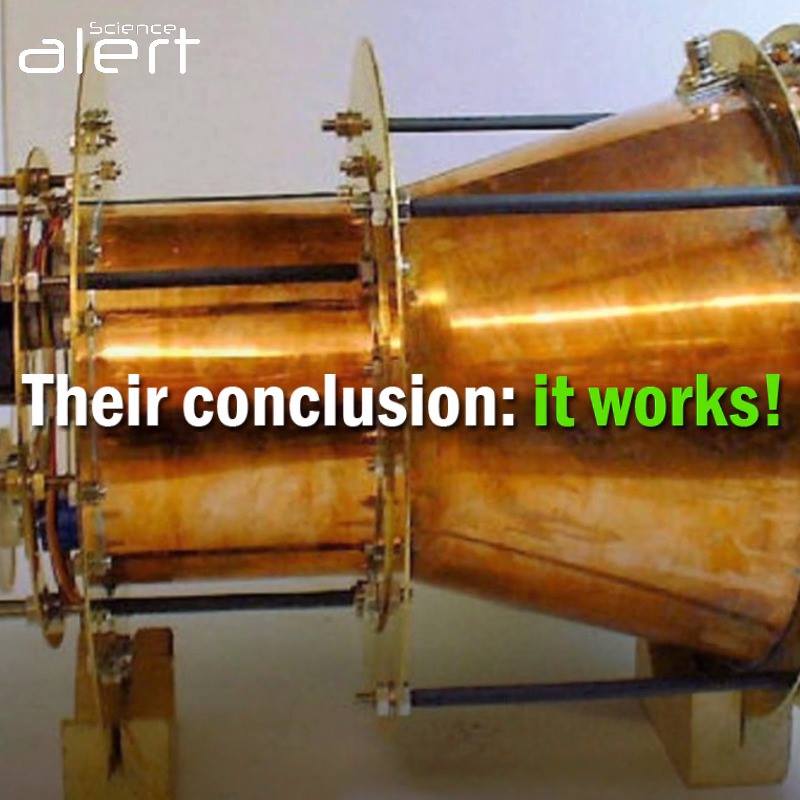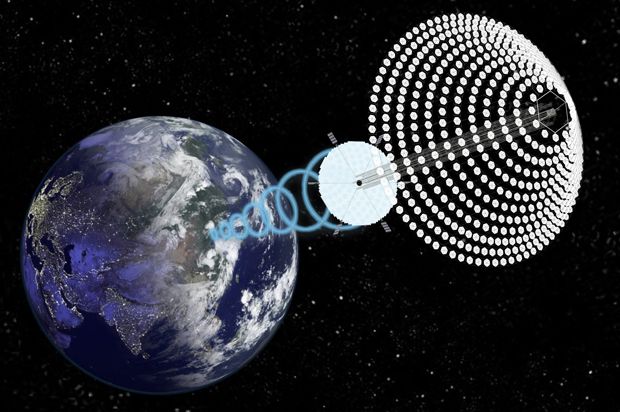Archive for the ‘space travel’ category: Page 457
Dec 10, 2016
NASA and Stephen Hawking are working on a nano-starship that can travel 1/5th the speed of light
Posted by Karen Hurst in categories: nanotechnology, space travel

NASA researchers have joined forces with Stephen Hawking to build a nano-starship that can travel one-fifth the speed of light.
If successful, the ship, called “StarChip” could reach Earth’s closest star system, Alpha Centauri, in 20 years.
Dec 10, 2016
NASA’s Working on a Nano-Starship That Travels at 1/5 the Speed of Light
Posted by Klaus Baldauf in categories: nanotechnology, space travel

In April, a team of scientists including Stephen Hawking announced a mind-boggling new project to explore interstellar space, using lasers to propel a nano-spacecraft the size of a postage stamp to our nearest star system, Alpha Centauri.
If they could get their little ‘StarChip’ spacecraft to travel at 20 percent the speed of light, it could arrive in just 20 years. But how would the electronics on such a tiny, vulnerable spacecraft survive for 20 years in the hostility of space?
Continue reading “NASA’s Working on a Nano-Starship That Travels at 1/5 the Speed of Light” »
Dec 9, 2016
Houston, we have power: Space-based solar power could be the final frontier in renewable energy
Posted by Klaus Baldauf in categories: health, solar power, space travel, sustainability
Yes, renewable energy technologies exist. But solar power, the one with arguably the most promise for significant, scalable deployment, is intermittent. Although the sun provides more energy in one hour than humans consume in a year, we can only tap into this power when the sun is shining. At least, that’s been the predominant school of thought.
But since the 1960s, a group of researchers from NASA and the Pentagon have been thinking outside the box — or in this case, outside the atmosphere. Solar power captured in outer space would not be limited by nighttime hours or cloud cover. And — unlike 23 percent of current incoming solar energy — it wouldn’t be absorbed by water vapor, dust and ozone before reaching us. Finally, because space solar is constant, it wouldn’t need to be stored, which can lead to energy losses of up to 50 percent. In other words, taking our solar panels from the ground to the cosmos could be a great deal more efficient. It may also be key to humanity’s survival.
“In countries right now where they’re trying to deal with poverty, water scarcity, poor health, lack of education and political instability — these are all things you need energy in order to fight,” Paul Jaffe, PhD, spacecraft engineer at the U.S. Naval Research Laboratory, said in a recent TakeApart story. Or, as John C. Mankins, founder of Mankins Space Technology and author of “The Case for Space Based Solar,” told Salon, “In the long run, renewable large-scale energy sources such as space solar power are essential to sustaining industrial civilization, and the long and increasingly high quality of lives that we enjoy.”
Dec 9, 2016
Russian spacebot put through its paces on Earth before being blasted to the ISS
Posted by Carse Peel in categories: robotics/AI, space travel

A series of new images reveals the most detailed glimpse yet at Fyodor, the Russian spacebot bound for the International Space Station. The humanoid robot lift weights, and can drive a car.
Dec 8, 2016
This Is NASA’s Plan For Humanity’s Return to the Moon, and Beyond
Posted by Andreas Matt in category: space travel
Dec 7, 2016
To Mars in 70 days: Expert discusses NASA’s study of paradoxical EM propulsion drive
Posted by Andreas Matt in categories: physics, space travel
After months of speculation and rumor, NASA has finally released its long-awaited research paper on the controversial EM Drive propulsion system. The paper was recently published in the American Institute of Aeronautics and Astronautics’ peer-reviewed Journal of Propulsion and Power. If the electromagnetic technology proves sound, it could radically change the way humans travel in space, opening up the possibility of journeys to Mars in just 70 days. But there is no shortage of skeptics who are adamant that the drive is more science fiction than science fact. Critics are quick to point out that the drive violates one of the fundamental laws of physics, namely: for every action, there is an equal and opposite reaction. With the science world abuzz in light of the recent developments, UConn Today called on engineering professor Brice Cassenti, an expert in advanced propulsion systems, to help us understand what’s happening.
Q. What is the EM Drive propulsion system and what makes it so unique?
A. An EM Drive uses electromagnetic waves (e.g., radar) to produce thrust, which is obviously something that is needed for a rocket engine. The drive consists of a truncated conical copper shell with a plastic (polyethylene) disc covering the narrow end of the truncated cone. An electromagnetic wave is induced inside the copper shell in the same manner as a microwave oven. The propulsion system is unique because the device uses no traditional fuels or propellants. Instead, in the simplest of terms, the electromagnetic waves bounce around inside the cone in a way that some say causes propulsion. In the NASA tests, a thrust of 1.2 millinewtons per kilowatt was reported for an EM Drive activated in a vacuum, which is a very, very small – but noticeable – movement. By not relying on traditional fuels, the EM Drive would make spacecrafts lighter, and eliminate the need for massive amounts of fuel currently required to launch a spacecraft to far-off destinations.
Dec 7, 2016
Will Antimatter Engines Power the First Starships? (Video)
Posted by Andreas Matt in category: space travel
A new video spotlights Positron Dynamics, a research startup investigating how to use antimatter to explore beyond the solar system.
Dec 6, 2016
Self-Healing Transistors for Chipscale Starships
Posted by Klaus Baldauf in categories: computing, space travel
Transistor-design would help chip ship survive radiation of 20-year trip to Alpha Centauri.














